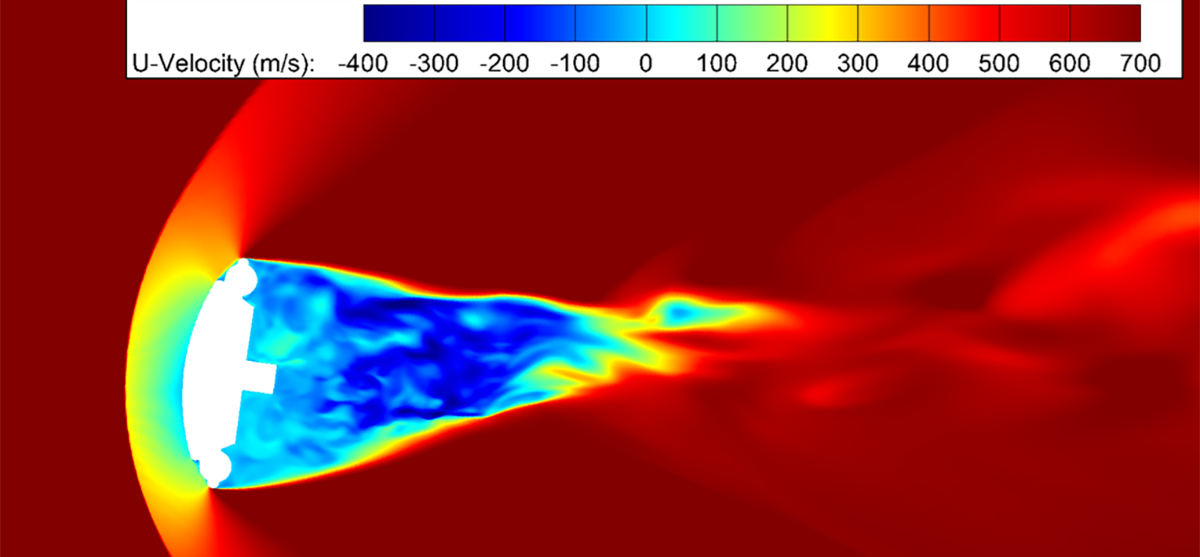
 |
| Dimitri Mavris |
NASA recently awarded ten U.S. universities including the Georgia Institute of Technology to bolster new technology research. This round of Early Stage Innovation (ESI) awards supports universities in developing technology for future space exploration. The selected projects will advance technologies in areas including nuclear propulsion, space communications, atmospheric entry, advanced materials, and high-temperature radiators.
The Georgia Tech School of Aerospace Engineering’s Aerospace Systems Design Laboratory (ASDL) received an award for the proposal, A Reduced Order Modeling Approach to the Dynamic Stability Analysis of Blunt-Body Entry Vehicles. The research will use recent progress in machine learning and reduced order modeling methods to create more accurate simulations of blunt-body atmospheric entry.
The principal investigator for the project is Regents Professor Dimitri Mavris, director of ASDL. The research effort will be supported by Research Engineer Bradford Robertson and ASDL graduate students.
“We are excited about this grant from NASA,” said Mavris. “This research allows ASDL to build upon our experience in surrogate modeling techniques to solve one of the most challenging problems in aerospace sciences.”
 |
| Bradford Robertson |
This multidisciplinary research combines two areas that ASDL has specialized in: surrogate modeling and computational fluid dynamics (CFD) in-the-loop flight simulation. The POST2/FUN3D simulated environment developed at ASDL will be used to mimic blunt-body entry vehicles in free flight. These high-fidelity CFD simulations are needed to simulate the unsteady aerodynamic behavior of a blunt-body’s recirculating wake which drives the vehicle’s dynamic stability. These expensive simulations will take advantage of Nvidia Graphics Processing Unit (GPU) compute nodes hosted at Georgia Tech’s Partnership for Advanced Computing Environment (PACE).
The data from these simulations will be used to construct next-generation surrogate models which can reproduce the vehicle’s surface pressure and shear force distributions as a function of vehicle state; these surrogates will enable a significant advance in the state-of-the-art over existing data reduction techniques. It is hoped that these CFD-in-the-loop simulations and surrogate models will augment physical tests as part of future entry vehicle development programs.
ASDL was awarded $650,000 in grants from NASA’s Space Technology Research Grants over three years to develop these techniques towards future use. The Space Technology Research Grants program is funded by NASA’s Space Technology Mission Directorate, which supports and develops transformative space technologies to enable future missions.
--
About ASDL:
ASDL is a leader in the area of systems design, architecting, and optimization and is the largest lab of its kind in the world. It is widely recognized for graduate education and research in systems engineering and vehicle design.